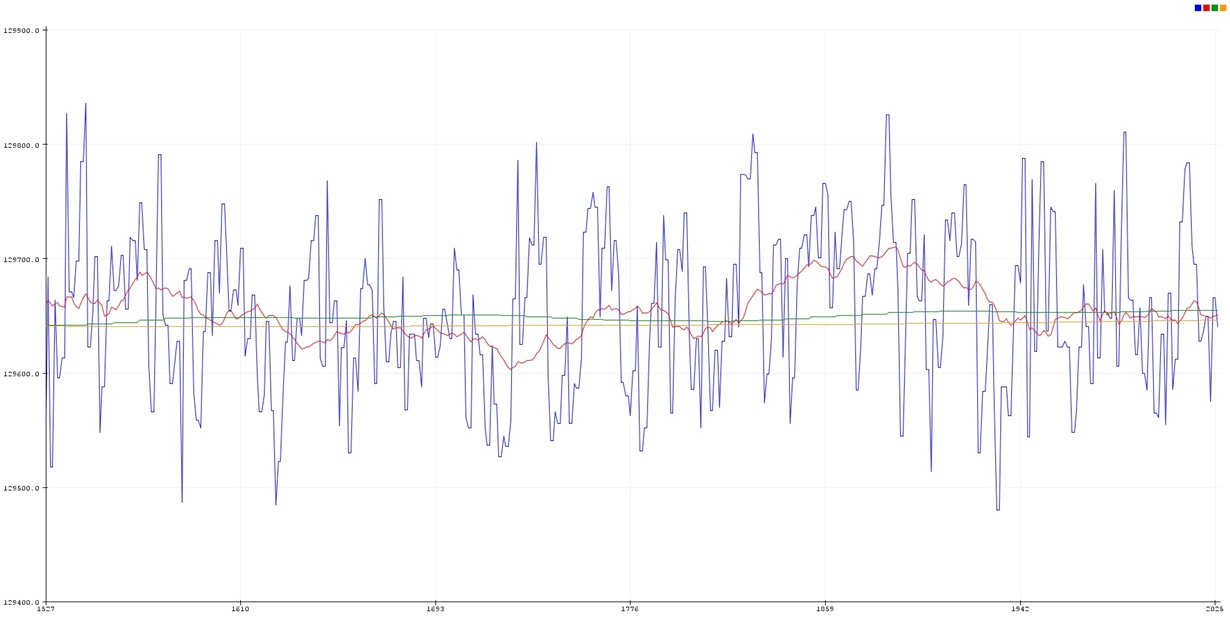Hi,
I'm doing an average read value of ADS1232 and I think it's possible to get a good mean after a long period of time, in my case it was about 3 seconds. So I would like to know if increasing the frequency of the external crystal I can get the average in a shorter period of time. What would be the maximum and minimum crystal frequency I can use? Is this information in the datasheet?
See the image below:



